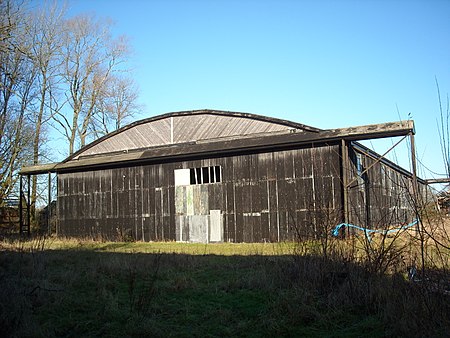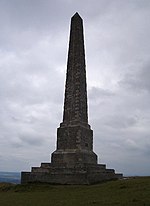RAF Yatesbury
Defunct airports in EnglandRoyal Air Force stations in WiltshireRoyal Air Force stations of World War II in the United KingdomRoyal Air Force stations of World War I in the United KingdomUse British English from October 2017

RAF Yatesbury is a former Royal Air Force airfield near the village of Yatesbury, Wiltshire, England, about 4 miles (6 km) east of the town of Calne. It was an important training establishment in the First and Second World Wars, and until its closure in 1965. For a time in the 1950s, part of the site became RAF Cherhill.
Excerpt from the Wikipedia article RAF Yatesbury (License: CC BY-SA 3.0, Authors, Images).RAF Yatesbury
Juggler's Lane,
Geographical coordinates (GPS) Address Nearby Places Show on map
Geographical coordinates (GPS)
| Latitude | Longitude |
|---|---|
| N 51.436944444444 ° | E -1.9238888888889 ° |
Address
Juggler's Lane 1
SN11 8YA , Cherhill
England, United Kingdom
Open on Google Maps








